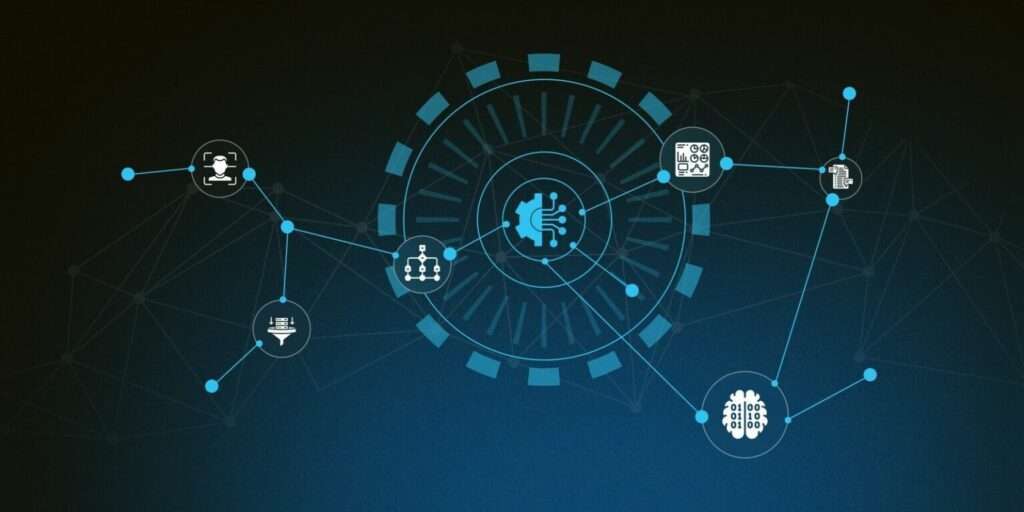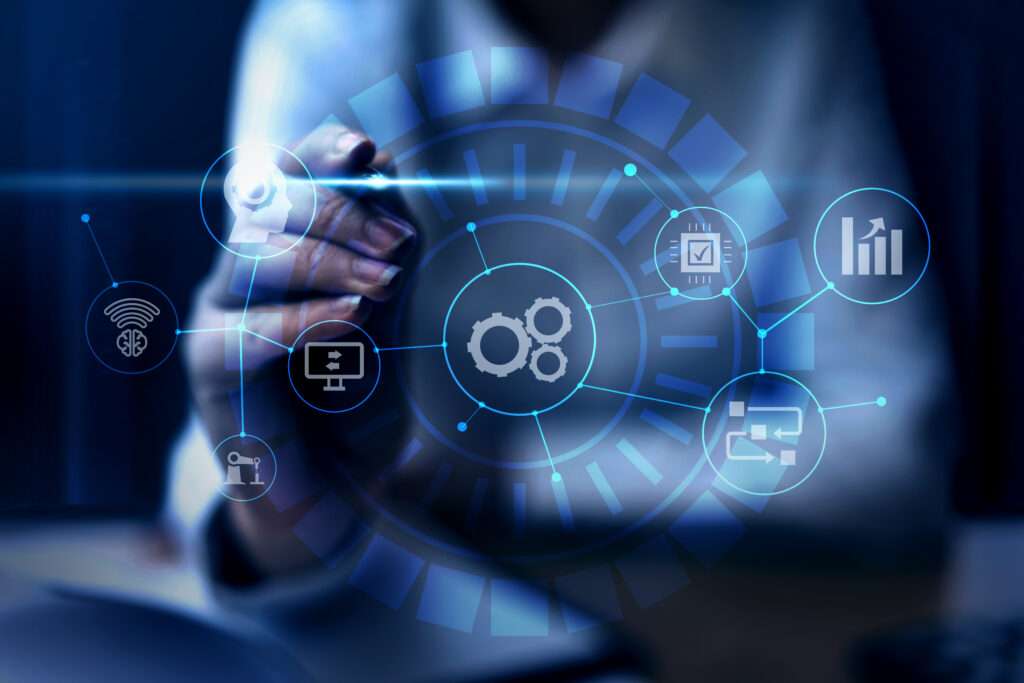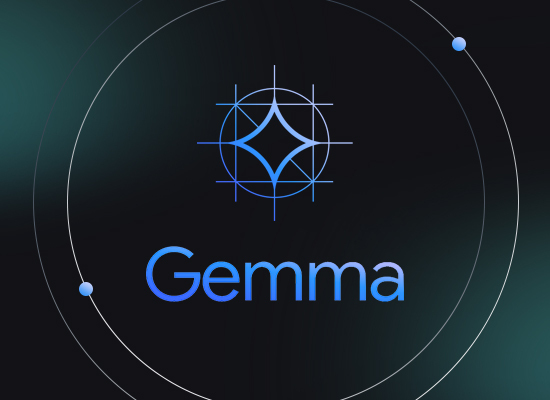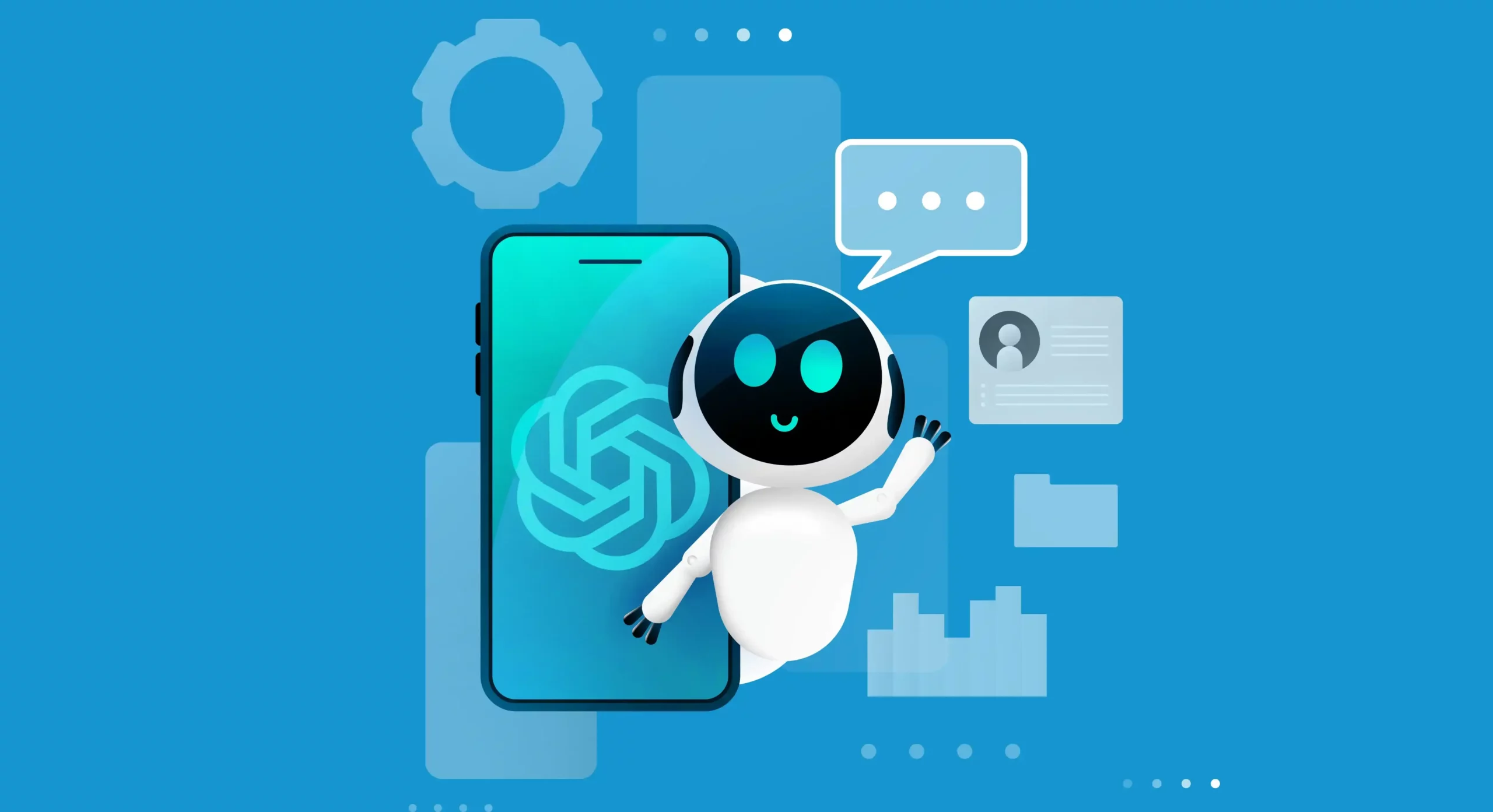
OpenAI’s ChatGPT represents a significant breakthrough in natural language processing (NLP). It is a part of the third generation of Generative Pre-trained Transformer models, or GPT-3.5 architecture. These models are well-known for their capacity to comprehend and produce text that resembles that of a human, which makes them useful for a wide range of tasks like content production, language translation, and conversational agents.
We explore ability to obtain ChatGPT real-time data, which is a crucial feature, in this blog. One frequently asked question when consumers engage is whether the they can get the most recent, ChatGPT real-time data. Assessing ChatGPT’s efficacy in dynamic and rapidly evolving situations requires an understanding of how much it can obtain and incorporate real time information.
Importance of ChatGPT Real Time Data Capabilities
The world of information is always changing since there are always fresh developments, announcements, and adjustments. The real time information access capability of ChatGPT becomes essential in this situation. A language model’s real time capabilities greatly increase its utility, whether it’s for responding to queries about current events, delivering the most recent information, or adjusting to the most recent advancements in many disciplines.
real time access is critical in instances where promptness is essential, such as the financial markets, emergencies, or keeping up with emerging trends. This blog seeks to investigate ChatGPT’s ability to function in this ever-changing environment as well as the implications of its real time capabilities for expanding its position in various applications.
Background of ChatGPT
ChatGPT's architecture and development by OpenAI.
The cornerstone of the Generative Pre-trained Transformer (GPT) architecture is the ChatGPT development by OpenAI. Transformer models, which are excellent at expressing linguistic contextual relationships, are used in this architecture. After being trained on a variety of datasets, ChatGPT has proven to be adept at comprehending and producing logical, human-like prose on a broad range of subjects.
Past versions and their limitations
Even though ChatGPT has demonstrated impressive language-generating capabilities, its predecessors have trouble getting chatgpt real-time data. Previous iterations, such as GPT-2, were pre-trained using static datasets and were not able to dynamically retrieve and incorporate the most recent data. This shortcoming limited their usefulness in instances where current information was needed since their responses were predicated on the knowledge that existed at the time of pre-training.
Seamless Collaboration | Cost-Efficient Solutions | Faster Time-to-Market

Seamless Collaboration | Cost-Efficient Solutions | Faster Time-to-Market

Evolution NLP and ChatGPT real time data integration
The increasing need for artificial intelligence models to be able to adjust to chatGPT real-time data has caused a substantial change in the field of natural language processing (NLP). Pre-trained models’ static nature made it difficult to keep up with the information landscape’s changing nature. Consequently, the incorporation of chatgpt real time data has emerged as a crucial breakthrough in augmenting the pertinence and precision of artificial intelligence language models such as ChatGPT.
OpenAI has continuously improved its models in response to this need, to bridge the pre-training and real time adaption gaps. In evaluating ChatGPT’s present capabilities and its ability to deliver prompt and correct responses in a world where information is continuously changing, it is imperative to comprehend this progression. The techniques by which are used to obtain ChatGPT real-time data and its consequences for different applications will be discussed in the following blog sections.
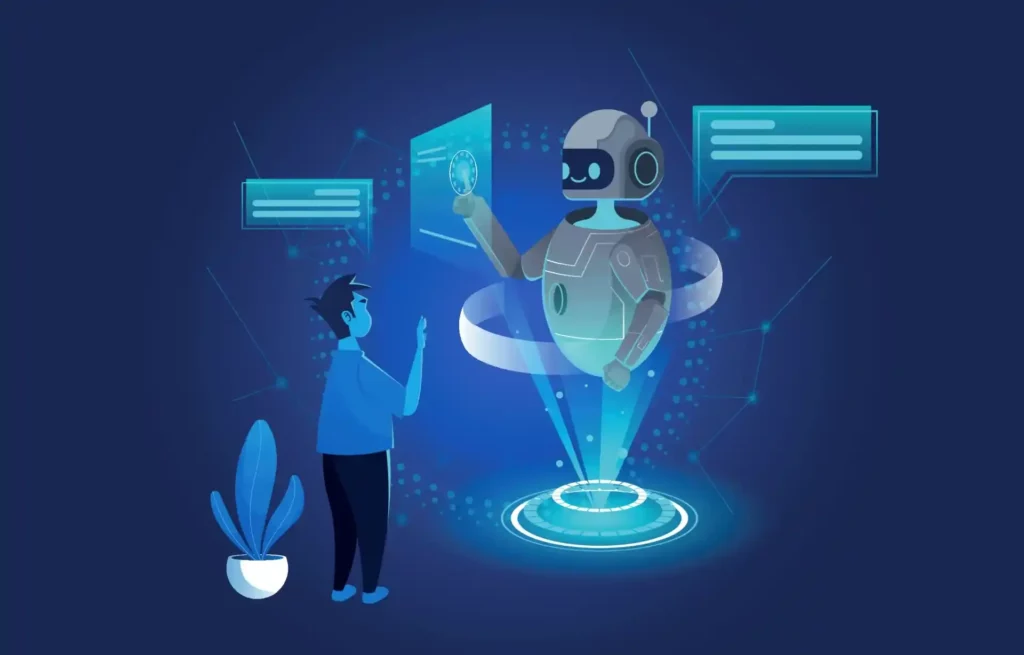
ChatGPT Real Time Data Access
Several technological techniques enable ChatGPT to retrieve information in real time. The model processes and comprehends language context through the use of a transformer architecture at its heart. ChatGPT can dynamically retrieve data during conversations to incorporate chatGPT real-time data. Combining several attention methods allows the model to focus on pertinent portions of the input and seamlessly integrate new data into its answers, which is how this is accomplished.
The integration of ChatGPT real-time data with external application programming interfaces (APIs) and data sources is a crucial technical component of its real time capabilities. ChatGPT may now access external databases, online repositories, or other real time information sources thanks to interfaces built by OpenAI. The model can pull in the most recent data thanks to this dynamic interaction, which guarantees that the most recent advancements are reflected in its responses.
OpenAI's approach to ChatGPT Real time data
Maintaining the accuracy and reliability of ChatGPT real-time data is a critical consideration for OpenAI. The company uses stringent validation procedures and regularly refreshes the external data sources that are linked to ChatGPT to resolve this. By doing this, it is ensured that the data acquired is reliable and current.
OpenAI also adds feedback loops to enhance the model’s ability to identify trustworthy sources. The model learns via user interactions that point out errors and suggest corrections, which improves the model’s capacity to sift through and rank data from a variety of sources.
Both developers and consumers must comprehend the technical nuances of ChatGPT’s real time information access. It highlights the value of ethical AI methods in preserving the quality and applicability of information in changing situations in addition to illuminating the model’s capabilities.
Challenges and Limitations of ChatGPT Real time Data
Even while ChatGPT has remarkable real time information access capabilities, there are certain drawbacks. The dynamic and unexpected nature of the data landscape is one of the main challenges. It is challenging for the model to constantly deliver correct and contextually relevant responses given the rapid changes in events, news, or contextual information. ChatGPT has to strike a careful balance between maintaining accuracy and adjusting to the fast-paced nature of ChatGPT real-time data.
The functionality of ChatGPT in real time situations is impacted by a few restrictions. First off, the dependability of external sources and APIs affects how accurate ChatGPT real-time data is. When information from these sources is contradictory or erroneous, the model could produce results based on bad information.
Another thing to think about is speed. Although ChatGPT makes an effort to respond quickly, latency is introduced by the intricacy of language production and the requirement to retrieve external data. Accuracy and speed demands must be balanced, which is still difficult to do.
Moreover, real time answers may exhibit biases that are present in the training data. It is possible for the model to inadvertently reflect and reinforce prejudices in its interactions with people if it was trained on biased data.
OpenAI’s Actions for ChatGPT Real time Data Access
OpenAI is working hard to overcome these obstacles to improve ChatGPT’s real time functionality. Current research endeavors to enhance the model’s capacity to identify and validate data from disparate sources, hence augmenting precision in real time data integration.
OpenAI keeps spending money on curating and diversifying the training datasets to reduce biases. To provide a more fair and objective language model, this involves making an effort to detect and address biases in both static and real time data.
Furthermore, OpenAI is investigating methods to maximize the model’s speed without sacrificing its capacity to generate language. This includes developments in model parallelism, transformer topologies, and other methods for cutting down on latency when processing real time data.
Through recognition of these obstacles and proactive efforts to overcome them, OpenAI hopes to increase ChatGPT’s efficacy in dynamic settings and give users more accurate and dependable real time interactions. Because technology is always developing, there is a constant need for research and development to keep up with the needs of an ever-evolving information world.
User Experience and Feedback on ChatGPT Real Time Data
User comments on ChatGPT real-time data features offer insightful information about the model’s usefulness. Users’ experiences with ability to retrieve and provide ChatGPT real time data have been varied. Some have praised its capacity to offer current solutions on a range of subjects, demonstrating its usefulness in changing circumstances. Others might have drawn attention to specific situations in which the model had trouble appropriately representing the most recent advancements.
Understanding how ChatGPT’s real time information matches user expectations requires analyzing user perceptions. Depending on their unique requirements and the context of their questions, users can evaluate the accuracy and value of the information supplied by ChatGPT.
Positive feedback may highlight instances where the incorporation of ChatGPT real-time data to deliver relevant and accurate responses are successful. Conversely, constructive criticism may point to areas where users feel improvements are necessary for the model to better meet their information needs.
Continuous Improvement in ChatGPT Real time Data
OpenAI places a high value on user feedback and actively engages with the user community to address concerns and gather insights. The organization’s response to user feedback serves as a key indicator of its commitment to refining ChatGPT real time data. OpenAI may implement updates and enhancements based on user suggestions, aiming to create a more user-friendly and reliable experience.
Continuous improvement efforts include refining the model’s algorithms, optimizing chatGPT real-time data integration processes, and addressing specific user-reported challenges. OpenAI’s transparent approach to acknowledging limitations and iteratively enhancing the system underscores its dedication to providing users with a cutting-edge and dependable AI language model.
Ethical Considerations in Accessing ChatGPT Real time Data
The integration of real time information access in ChatGPT introduces ethical considerations that necessitate careful examination. As the model dynamically pulls in external data sources, ensuring the accuracy and neutrality of information becomes paramount to prevent the inadvertent dissemination of misinformation. Privacy concerns also come to the forefront, demanding robust measures to protect user data and uphold confidentiality, while producing efficient ChatGPT real time data.
OpenAI’s commitment to ethical AI practices is evident in its proactive approach, addressing biases, refining training data, and actively engaging with the wider community to gather diverse perspectives and ensure responsible development. The responsible use of ChatGPT real-time data requires a delicate balance between innovation and ethical considerations, with OpenAI striving to navigate this balance to advance technology in a manner that aligns with societal values and expectations.
Google Search Generative Experience (SGE) dynamically adapts to evolving trends and language patterns, ensuring users receive the most recent and relevant information.
Seamless Collaboration | Cost-Efficient Solutions | Faster Time-to-Market

Seamless Collaboration | Cost-Efficient Solutions | Faster Time-to-Market

Does ChatGPT 4 have Real Time Data?
Curious minds ask: Does ChatGPT 4 have real time data? Yes, indeed. This latest iteration revolutionizes generative AI by dynamically incorporating real time information. In a world where staying current is crucial, ChatGPT-4 ensures conversations remain not just relevant but adapt to the latest developments. Whether it’s breaking news, market trends, or customer queries, the system responds with up-to-the-minute accuracy.
So, you might wonder, does ChatGPT 4 have real time data? Absolutely—it’s not just an upgrade; it’s a conversation with the present. And as you explore its capabilities, the answer remains clear: ChatGPT 4 keeps you in sync with the now.
Future Developments
Potential Enhancements in ChatGPT real time Data
The future holds exciting possibilities for enhancing ChatGPT real time data. OpenAI is actively exploring ways to make the model more adept at handling dynamic information landscapes. This includes advancements in the model’s ability to discern context, validate ChatGPT real-time data accuracy, and minimize latency in delivering responses. Research into more sophisticated attention mechanisms and improved integration with external APIs is underway to further refine ChatGPT’s real time information access.
Additionally, innovations in transformer architectures and model training techniques may contribute to faster and more accurate real time responses. As technology continues to progress, ChatGPT is poised to evolve, offering users an even more responsive and reliable experience.
OpenAI's roadmap for future updates
OpenAI is committed to a roadmap of continuous improvement for ChatGPT’s real time features. The organization acknowledges the challenges and limitations discussed earlier and is dedicated to addressing them through iterative updates. Future enhancements may involve refining the model’s understanding of nuanced queries, expanding its knowledge base, and optimizing the processes for integrating external data sources.
OpenAI’s roadmap includes regular model updates and releases, with a focus on incorporating user feedback and staying at the forefront of advancements in natural language processing. The organization remains transparent about its objectives and communicates with the user community to ensure that future updates align with user needs and expectations.
Collaboration opportunities
OpenAI actively encourages collaboration with AI developers and industries to contribute to the evolution of ChatGPT. The organization recognizes the value of diverse perspectives and expertise in shaping the model’s capabilities. OpenAI provides tools, APIs, and resources for developers to experiment with and build upon ChatGPT, fostering a collaborative ecosystem.
Industries seeking to leverage ChatGPT’s capabilities in specific domains are invited to explore partnerships and collaborations with OpenAI. This collaborative approach allows for the development of customized solutions, addressing industry-specific requirements and contributing to the model’s continuous improvement.
As ChatGPT evolves, OpenAI envisions a future where it becomes an even more versatile and indispensable tool across various applications, driven by ongoing collaboration, research, and advancements in the field of natural language processing. The collective efforts of OpenAI, developers, and industries are integral to realizing the full potential of ChatGPT in accessing and processing real time information.
Conclusion
This blog has explored the evolution and current state of ChatGPT, OpenAI’s powerful language model. Key findings include insights into ChatGPT’s architecture, its journey through past versions, and the technical mechanisms enabling its interaction with real time data. We discussed the challenges and limitations faced by ChatGPT in accessing real time information, along with OpenAI’s strategies for mitigating these challenges. User experiences and feedback shed light on how ChatGPT’s real time features are perceived, and we looked at OpenAI’s commitment to continuous improvement.
ChatGPT’s real time capabilities mark a significant stride in the evolution of natural language processing. The model’s ability to access and integrate real time information introduces a new dimension to AI-driven interactions. By dynamically adapting to the latest data, ChatGPT not only addresses the demands of a rapidly changing information landscape but also opens avenues for applications requiring timely and accurate insights. The real time feature positions ChatGPT as a valuable tool in shaping the future of AI-driven communication and information access.
The roadmap for ChatGPT shows a course for improvement and growth as developments go. The continuous work to improve real time capabilities is an indication of dedication to maintaining the leading edge of natural language processing. Access to real time information is expected to be crucial for the advancement of AI, affecting how models such as ChatGPT negotiate the intricacies of a dynamic environment. The chances for industry and developer collaboration highlight even more how teamwork is needed to push the limits of what AI is capable of.
To sum up, ChatGPT’s path serves as an example of how AI development is iterative. In addition to solving immediate problems, real time capabilities open the door for a period when AI systems would easily adapt to the dynamic nature of information. As we continue to witness these advancements, real time information access stands as a cornerstone in shaping the next generation of intelligent language models.

Javeria Asim
Content Writer
